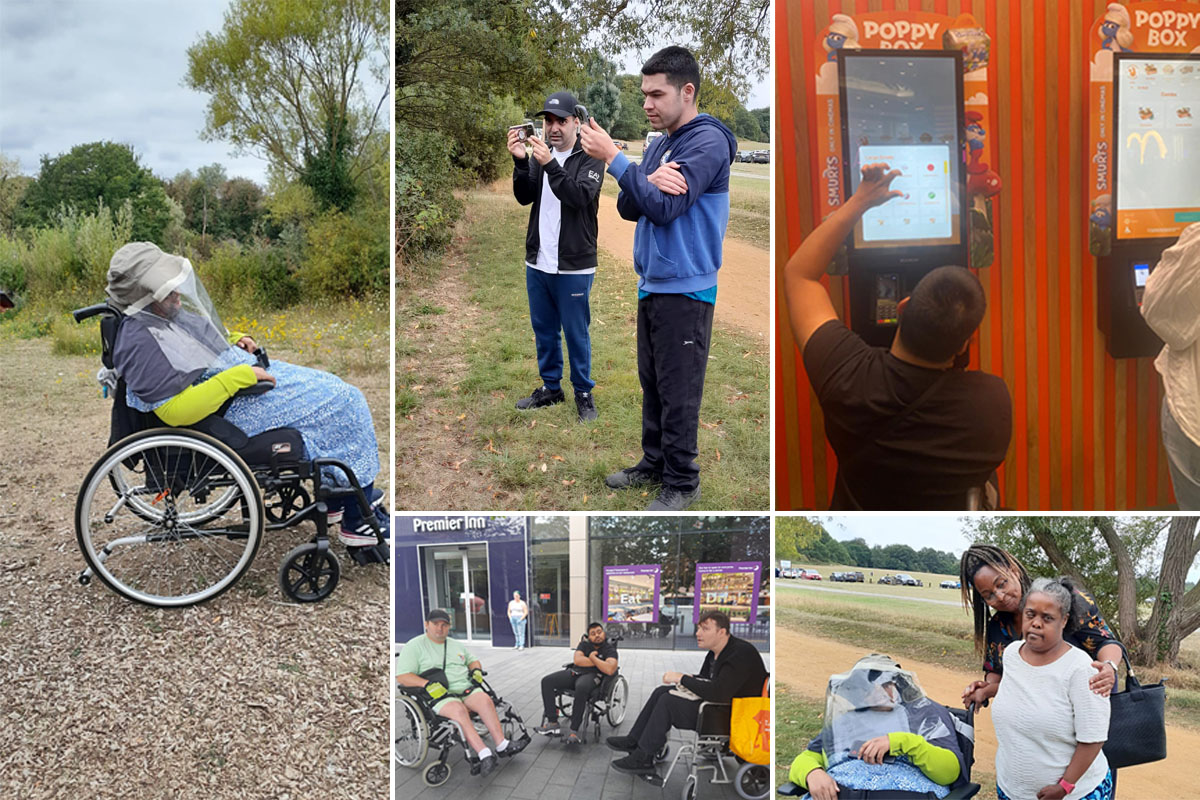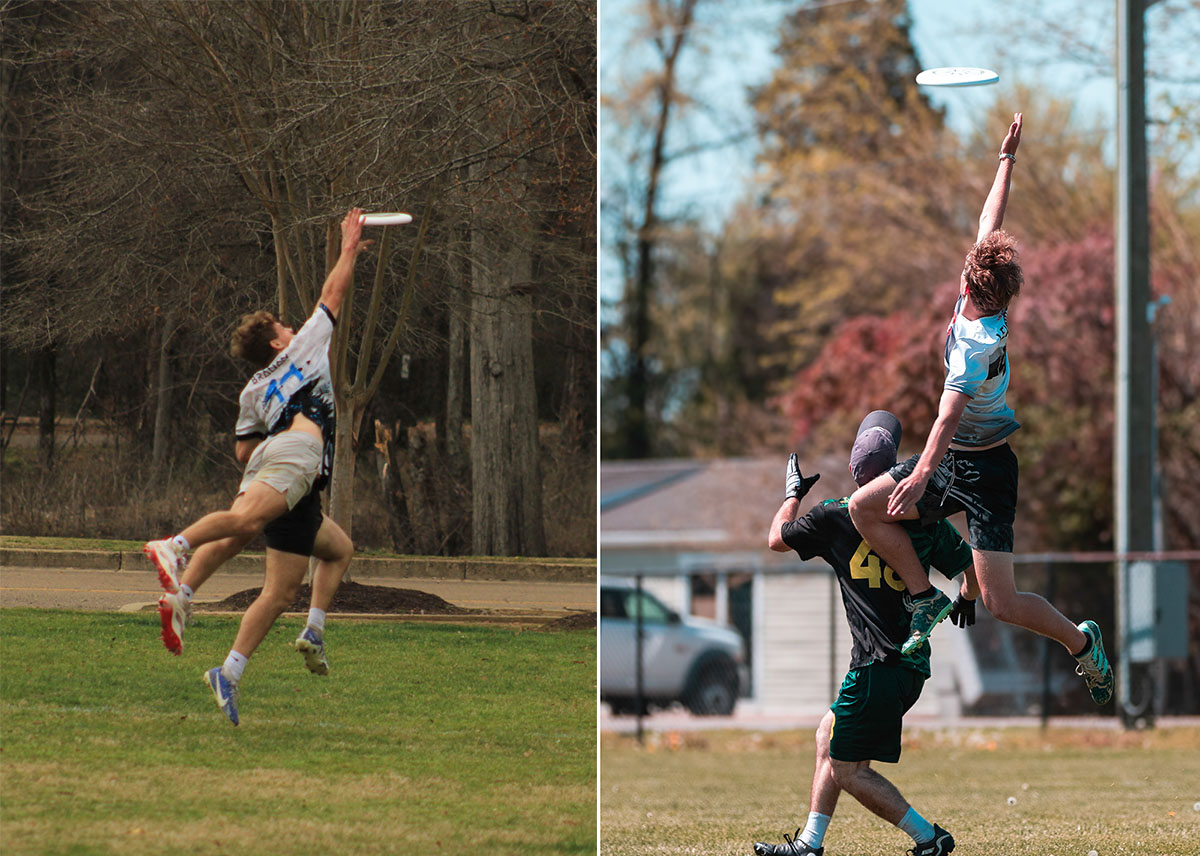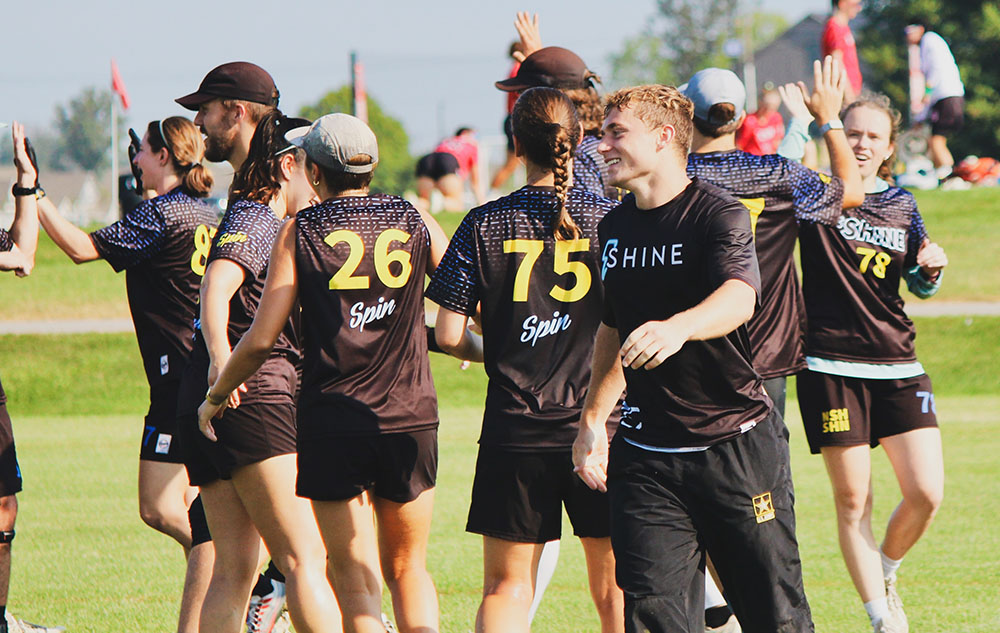I had the privilege of participating in a focus group with co-researchers today, on the topic of Inclusion and Belonging in Newham. I had never participated in a focus group with people of such diverse backgrounds and differences. The challenges discussed were new to me in some ways, and the entire discussion was eye-opening.
On reflection, I found myself observing, listening, and then getting carried away by my thoughts trying to figure out how to fix things. In the following paragraphs, I will discuss a lot of these thoughts that were floating around in my head during the focus group.
First, I was struck by the atmosphere. All the co-researchers were full of life and joy. Their happiness and laughter were contagious, and it was evident that they enjoyed participating in the discussion and being seen. The co-researchers were very attentive and active participants in the discussion. But what struck me was that the support workers were also such active participants. They would encourage the co-researchers to answer certain questions that they knew they would have something to say about, not answer for them. The support workers were patient and would help us understand when something was said that was difficult to understand. Overall, I do not know what my expectations were going into the focus group, but I was impressed by the general encouraging and positive mood. It is always good to see people come together and discuss the good and the bad about society and great for those facing struggles to be heard and seen, and for this to inspire action.
When seeing the photos the co-researchers brought with them to show and discuss, I thought about how difficult it must be for people with visual or mobility challenges to take photographs and express themselves. This got me thinking about the Meta glasses that I have seen and how their main use at this time is for people to record POV videos and photos. I thought it might be interesting to see how this could be used for people who may struggle with a handheld camera but still want to express themselves and show how they see the world. Visual communication is so important and allows for an expression of oneself that is hard to replicate elsewhere in media, so making this more accessible could be a net positive.

Another thing that struck me was the discussion about digital payments and how cash isn’t the default anymore. This hadn’t occurred to me as an issue, since for me to not carry cash is a gift! But I started to understand how physical currency allows for the payment and currency to be more easily quantified and understood. This got me thinking about how, if we assume we will eventually be a cashless society, we can quantify the amount of money being spent and maybe even being held by an individual. A debit card is an object that has no physical characteristics that tell the holder how much money it contains. While a phone can display a number or show a graph, I think these are less tangible and tactile and can sometimes be hard to read. Plus, having to check a balance every time you make a payment sounds arduous. My thought was that it would be convenient to have a tactile, physical sort of feedback from the device, either a phone or a smart watch, that would give feedback about how much is being spent or quantified. Perhaps a physical slider that moves when you make payments and you can physically tell how much is left or a vibration that can be correlated to an amount. A strong buzz that lasts a few seconds means that you have a full amount of £20. And as you spend the money, the buzz gets shorter. Or maybe it is a certain vibration for different amounts, so four £5 buzzes and three £1 buzzes means you have £23 that is accessible on your watch to be spent that day. Or maybe a dial that rotates on the clockface that will easily demonstrate the balance. Here I am trying to fix problems, but really the discussion about how cash is preferred because of how easily it can be quantified was fascinating to me and will be something I continue to think about.

I also had thoughts about how important physical activity is for inclusion, and also, for me, for belonging. To me, running is less about the running and more about the people I run with. Same for Ultimate Frisbee. While I love being active and it makes me feel good, I feel so drawn to the sport because I love the community, and I love working towards a common goal with other people. It’s fun to run around together and chase discs. It also reminded me of a video I saw of a wheelchair ultimate frisbee game.

The last thought I will share is about support in the workplace. From the discussion, I gathered that one of the main challenges for people with disabilities, of getting and maintaining a job, is having the appropriate support in the workplace. I was told that often, people will support in the beginning stages of work, but then there is not enough funding to pay for continued help, or there are no systems in place to allow for work at all. This is saddening to me because I believe that having an opportunity to work and contribute to society should be accessible to everyone in some capacity. Ideally, there would be more employer awareness and planning so that there would be no need for external support to allow someone with disabilities to enter the workforce. Jobs would be created that are accessible and that have co-workers who are able to support as necessary, so that anyone with disabilities who enters the workforce is supported.
On reflection, I really enjoyed the focus group, probably more than I expected. While I think it is in my nature to try and fix everything in front of me, it was good to sit and listen and try to understand life through a different lens. Maybe I need to stop worrying about the solution so much and just sit and build community with those who are struggling. I think I can learn a lot from these co-researchers about life. Their joy and laughter and willingness to dance are just a few of the things that I am noticing.
Levi Branan, Research Assistant
